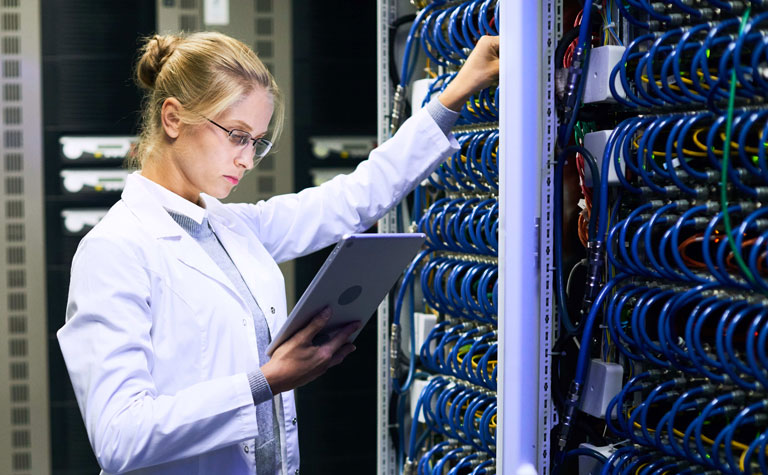
The Single-Cell Analysis Revolution
Single-cell analysis aided by supercomputing and artificial intelligence is set to revolutionize biomedical research over the next decade.
In the recently published Global Innovation Index report, the director of National Institutes of Health (NIH), Francis Collins, sets single-cell analysis as the cutting-edge technology that is most likely to revolutionize healthcare over the next decade, outranking high-profile innovations such as regenerative medicine, immunotherapy and gene therapy.
The inability to study and quantify a large number of cells individually has long been a standing problem for medical science. As Prof. Collins points out, this is now rapidly changing:
“Yet, during the long history of biomedical research, scientists have not possessed the technical ability to study individual cells in their normal environment. Instead, they have had to be content with low-resolution technologies that could only analyze millions, or maybe even billions, of cells as a group. With a variety of new technologies invented in the last few years, especially to ascertain (swe: fastställa) what genes are turned on or off in an individual cell, this is all changing.”
— Francis Collins, Director of the National Institutes of Health (NIH)
Contrary to what has been possible in the past, novel single-cell analysis techniques like HoloMonitor allow scientists to single out specific cells in their normal environment and gently study their individual behavior. Single-cell analysis techniques together with modern data processing promise to change our understanding of autoimmune diseases and how to combat the deadly process of cancer metastasis, in which a few malignant (swe: elakartade) tumor cells fatally colonize vital organs.
Since their invention, supercomputers have helped meteorologists to understand the complexities of our atmosphere and weather. The accepted capabilities of single-cell analysis techniques, supercomputing and artificial intelligence have evolved to a point where they are ready to help cell biologists untangle the even greater complexities of multicellular organisms — containing trillions of interacting and highly complex cells.
After all, big data supercomputing and artificial intelligence owe its recent success to cell biology, as modern artificial intelligence is based on computer models of how brain cells are believed to communicate.*
∗Deep Learning for Biology, Nature (2018)
Peter Egelberg
CEO and founder

A future 21st-century cell biologist in her cell laboratory.
Related Commentaries
- National Institutes of Health Purchase HoloMonitor (Oct 2019)
- Big Data, Fewer Cells (Jun 2016)
- Big Pharma, Big Data (Oct 2015)
About Global Innovation Index
Global Innovation Index (GII) is a collaboration between Cornell University, INSEAD Business School and the United Nations global forum for intellectual property services, policy, information and cooperation — the World Intellectual Property Organization (WIPO). Each year GII publishes an innovation report to provide the tools that can assist in tailoring policies to promote long-term output growth, improved productivity and job growth.
References
- 10 Ways Medical Innovation Will Transform Our Lives Over the Next Decade, Global Innovation Index (2019)
- Creating Healthy Lives — The Future of Medical Innovation, WIPO (2019)
- Deep Learning for Biology, Nature (2018)